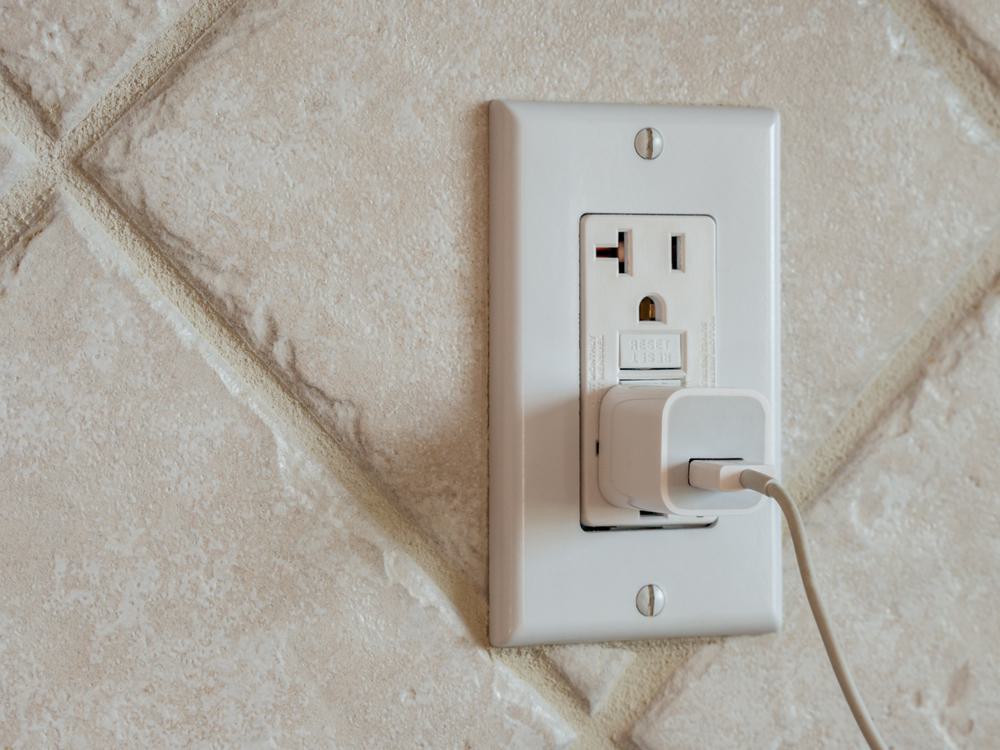
Running electrical outlets can seem like a daunting task, especially for the uninitiated. However, with the right guidance, it can be a straightforward process. This comprehensive guide will take you through every step of the way, from understanding the basics to the actual installation process. We’ll also cover the common mistakes to avoid, the different types of outlets, and the safety regulations you need to follow.
Running electrical outlets involves understanding the basics of electrical wiring, turning off power, identifying an existing outlet as a power source, and preparing cables. The installation process includes cutting a hole for the new outlet box, running a new cable from the existing outlet, rewiring the existing outlet, fishing the cable to the new location, wiring the new electrical outlet, installing the outlet cover, and turning the power back on. Always remember to follow safety guidelines and local codes.
Understanding the Basics
Before you start the process of running electrical outlets, you need to understand the basics. The first step is to turn off the power at the main circuit breaker or fuse box to ensure your safety. You then need to identify an existing electrical outlet that will serve as the power source for the new outlet.
When preparing the cables, ensure that you have enough to reach the new outlet plus an extra foot. The wires should then be stripped to expose the black (hot), white (neutral), and copper (ground) wires.
Installation Process
Step 1: Cut a Hole for the New Outlet Box
Use an electronic stud finder to locate the studs on both sides of the wall. Mark the opening for the new box and cut it out with a drywall saw.
Step 2: Run the New Cable
Feed a length of new cable through one of the knock-out holes at the back of the existing box.
Step 3: Rewire the Existing Outlet
Connect the wires of the new cable to the existing wires.
Step 4: Fish the Cable to the New Location
Pull the cable through the opening cut in the wall. Strip about nine inches of sheathing off the end of the cable.
Step 5: Wire the New Electrical Outlet
Mount the new box in the opening. Connect the new wires to the new outlet: white (neutral) wire to a silver-colored terminal screw; black (hot) wire to a brass-colored terminal screw; and the bare copper (ground) wire to the green grounding screw.
Step 6: Install the Outlet Cover
Once the wiring is complete, attach the outlet cover to the new box.
Step 7: Turn the Power Back On
After the installation is complete, turn the power back on at the main circuit breaker or fuse box and test the new outlet to ensure it is functioning correctly.
Common Mistakes and How to Avoid Them
Common mistakes beginners make when running electrical outlets range from connecting the wrong wire to the wrong terminal, using backstab connections, not turning off the power before working on electrical outlets, to overloading an outlet. These mistakes can be avoided by following the correct procedures and safety precautions.
Different Types of Electrical Outlets
There are several types of electrical outlets, each designed for specific purposes and uses. Some of the most common types include 15A 120V Outlet, 20A 120V Outlet, GFCI Outlet, AFCI Outlet, Tamper-Resistant Receptacle, and Weather Resistant Receptacle, among others.
Safety and Compliance with Local Codes
To ensure safety and compliance with local codes when running electrical outlets, follow these guidelines and regulations: update your outlets to three-prong or GFCI outlets, install GFCI outlets in bathrooms, kitchens, garages, basements, and outdoor areas, check cords and outlet covers regularly for damage and replace them if necessary, and do not overload an outlet.
In conclusion, running electrical outlets is a task that requires careful attention to detail and adherence to safety guidelines. It is always recommended to consult a professional electrician if you are not comfortable with any part of the installation process.
Frequently Asked Questions
What is a GFCI outlet and why is it important?
A GFCI (Ground Fault Circuit Interrupter) outlet is a type of electrical outlet that protects against electrical shock caused by ground faults. It monitors the electrical current and shuts off the power if a risk of a ground fault is detected. It is particularly important in areas where water and electricity may come into contact, such as bathrooms or kitchens.
Is it necessary to turn off the power when running electrical outlets?
Yes, it is absolutely necessary to turn off the power when running electrical outlets. This is a crucial safety step that prevents the risk of electrical shocks, which can be potentially fatal. Always turn off the power at the main circuit breaker or fuse box before starting the installation process.
What do the colors of the wires in an electrical cable represent?
In an electrical cable, the black wire is known as the “hot” wire and carries the electrical current to the outlet. The white wire is the “neutral” wire that carries the electrical current back to the power source. The bare copper wire is the “ground” wire that provides a safe path for electricity in case of a fault.
What is a backstab connection and why should it be avoided?
A backstab connection is a method of wiring where the wire is pushed into a hole in the back of the outlet. This method is often discouraged because it can lead to loose connections and potential electrical fires. Instead, it is recommended to use the screw terminals on the side of the outlet for a more secure connection.
What does overloading an outlet mean?
Overloading an outlet means plugging in too many electrical devices into a single outlet, causing more electricity to flow than the outlet can handle. This can cause the outlet to overheat and potentially lead to an electrical fire. To avoid overloading, never plug in more devices than the outlet is designed to handle.












